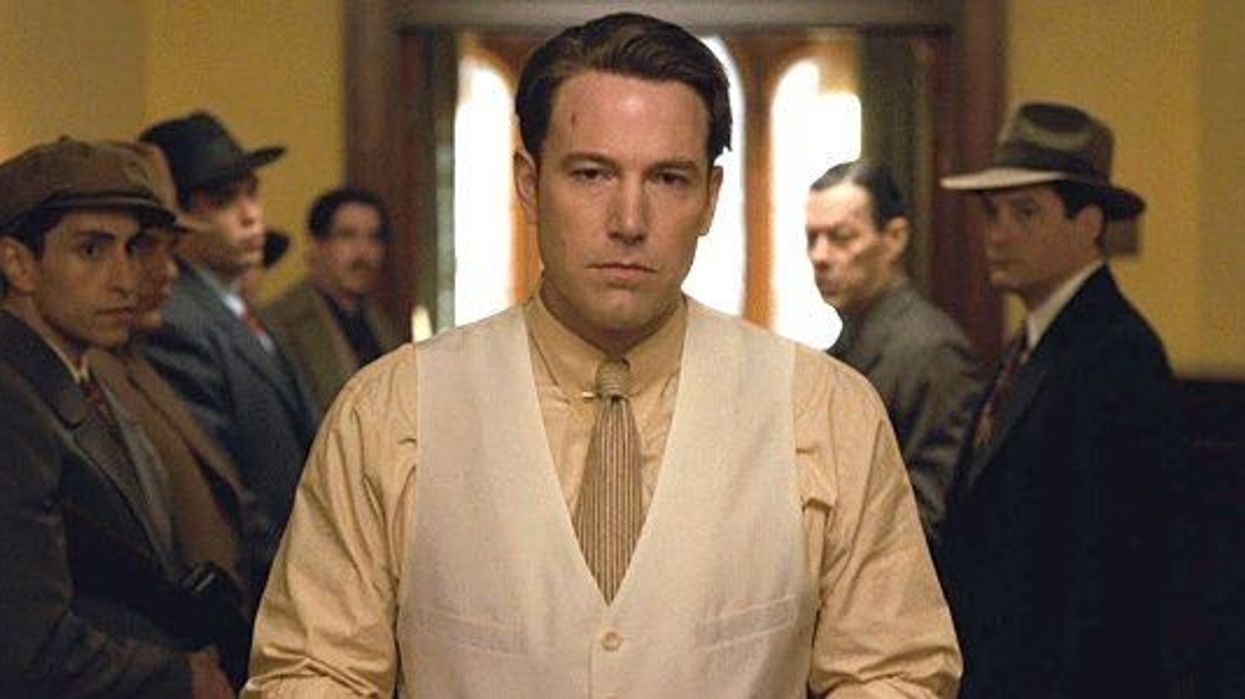Advice That Ben Affleck Recommends Filmmakers Don’t Take
The filmmaker reflects on how a certain mentality did more harm than good to his career.

Ben Affleck has had a career of enormous ups and downs. Throughout his lengthy career in Hollywood, the actor/producer/director has been quietly building a new production company, Artists Equity, with his long-time collaborator and friend, Matt Damon.
Artist Equity was founded on the premise of profit-sharing among the entire cast and crew, a luxury that many crewmembers who work below the line (cinematographers, editors, costume designers, and more) haven’t received. Affleck and Damon are not afraid to work together to help shape a Hollywood they want to see.
This partnership may have never come to fruition if both filmmakers hadn’t had the chance to reflect on the poor advice they had fallen prey to.
“One of the things we reflected on when we did The Last Duel that caused us to want to do this company together was the fact that we wished we’d kept working together more over the years,” Affleck said during his cover interview with The Hollywood Reporter. “We fell prey to this idea that, ‘Well, if you don’t individuate your careers and do your own things, people will always associate you together. That will be limiting.’”
Why did Affleck and Damon listen to this advice? The answer is simple: fear.

“The phone could stop ringing at any time, and especially where Matt and I grew up pretty modestly, it was almost irresponsible to not take a job where they were going to pay you a lot of money,” Affleck said. “And I remember making $600,000 for Armageddon and thinking, ‘This is 20 years of my mother’s salary.’ It just seemed absurd that you would pass on that opportunity, no matter what it was.”
While not every choice made by Affleck can be seen as the best choice possible, the motivation to keep working for a better life for yourself and those you care about shines through each of his actions.
The reason why the partnership between Affleck and Damon works is because of their trust, love, and mutual integrity. Success and failure in the entertainment industry can be challenging to navigate, but their friendship has been a constant touchstone throughout the years.
They reflected on their past projects and realized that they should have continued working together instead of seeking individual success. However, their initial goal was to become successful actors, not writers, and they took every opportunity that came their way, fearing that their success would be short-lived – a fear that we are all too familiar with.
Affleck does see the value now in being selective about the projects he takes on, saying, “A thing that you have to learn — one of many things we helped one another with — is that at a certain point, it becomes very meaningful the things you turn down, in terms of the kind of career that you create.”
Let us know what you think of Affleck’s evolution as a filmmaker in the comments below!
Source: The Hollywood Reporter











